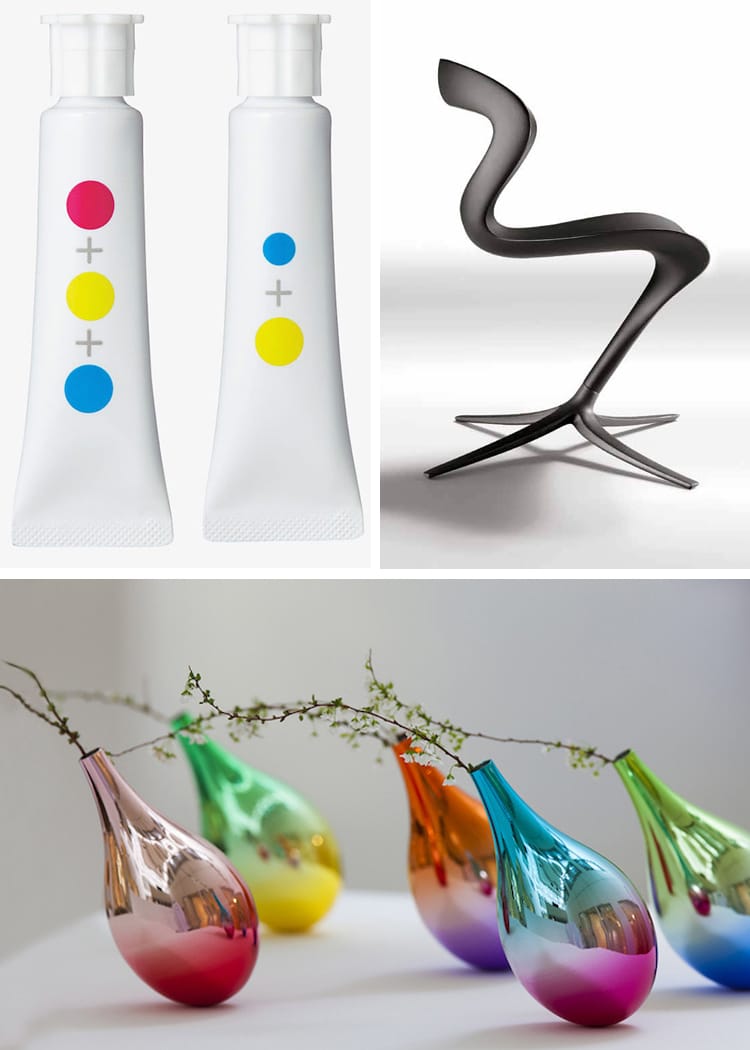
Japanese design is lauded for the beauty it finds in simplicity. Often, we describe it with words like minimalist, elegant, and subtle, with objects that fool our eyes; something could weigh a ton but still be seen as airy and light. This isn’t a coincidence; Japanese aesthetics are rooted in ancient ideals that act as guidelines for how they look and feel.
Some of the principles guiding Japanese design are wabi-sabi, miyabi, shibui, iki, and yūgen. Here’s what they mean:
Wabi-sabi: This is the most well-known of the Japanese design principles and refers to finding charm in things that are “imperfect, impermanent, and incomplete.” One example of this is the centuries-old art called Kintsugi. Here, broken pottery is repaired using a special lacquer dusted with powdered metals like gold, silver, or platinum. Rather than hiding the uneven fragments, Kintsugi emphasizes and celebrates them.
Miyabi: Miyabi is translated as “elegance” or “refinement.” Although it’s not as popular as wabi-sabi, it is one of the traditional principles in Japanese aesthetics.
Shibui: When you talk about simple, subtle, and unobtrusive beauty, you’re speaking of shibui.
Iki: Like other design principles, iki treasures restraint and sophistication. It’s not overly refined or complicated, and it appreciates nature’s own creations—but it doesn’t refer to things found in nature.
Yūgen: Yūgen is often hard to describe, as it signifies an awareness of the universe that’s too powerful for words. Japanese playwright Zeami Motokiyo put it best when he explained yūgen, “To watch the sun sink behind a flower clad hill. To wander on in a huge forest without thought of return. To stand upon the shore and gaze after a boat that disappears behind distant islands. To contemplate the flight of wild geese seen and lost among the clouds…”
Of all the principles, wabi-sabi is the most well known, and it exemplifies the feeling you have when you look a product of Japanese design: a mindful approach to life. This is influenced by Japanese Buddhism, which all things are considered as either an evolving form or disappear into nothingness. In this case, “nothingness” means potentiality, where things grow and change but are never complete.
Check out how Japanese design is applied and fuses with contemporary products to stunning effect. The results are both subtle and elegant.

Ceramic shards turned into chopstick rests with Kintsugi
Designer: Tomomi Kamoshita
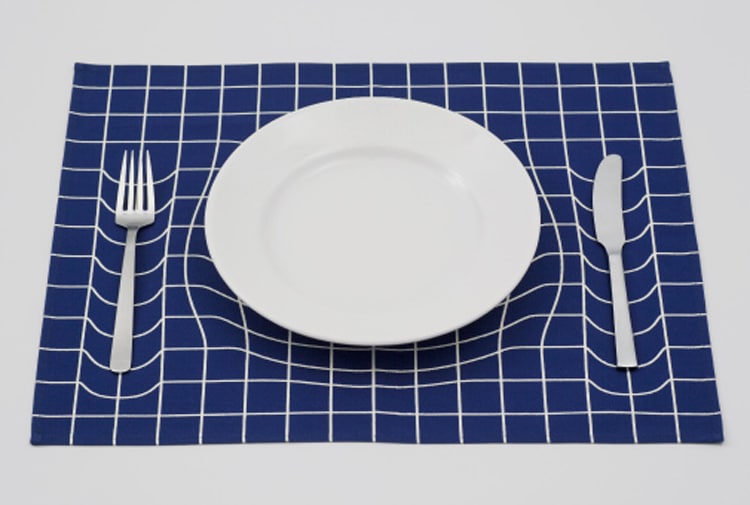
Mind-bending place mat
Designer: A.P.Works
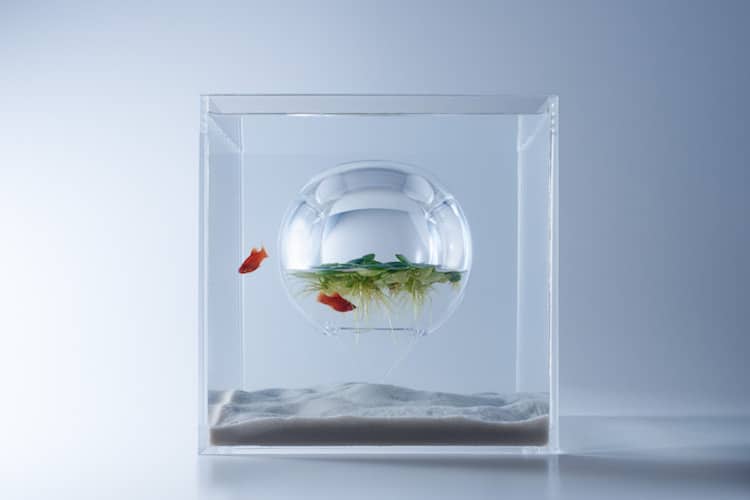
3D-printed aquariums marrying art and nature
Designer: Haruka Misawa
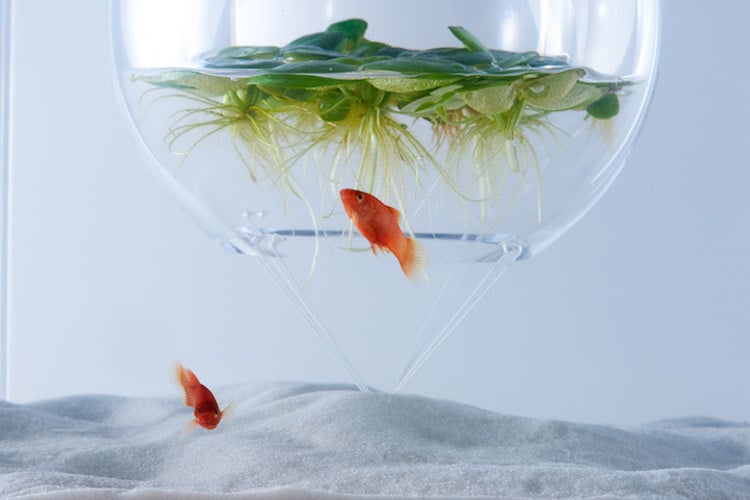
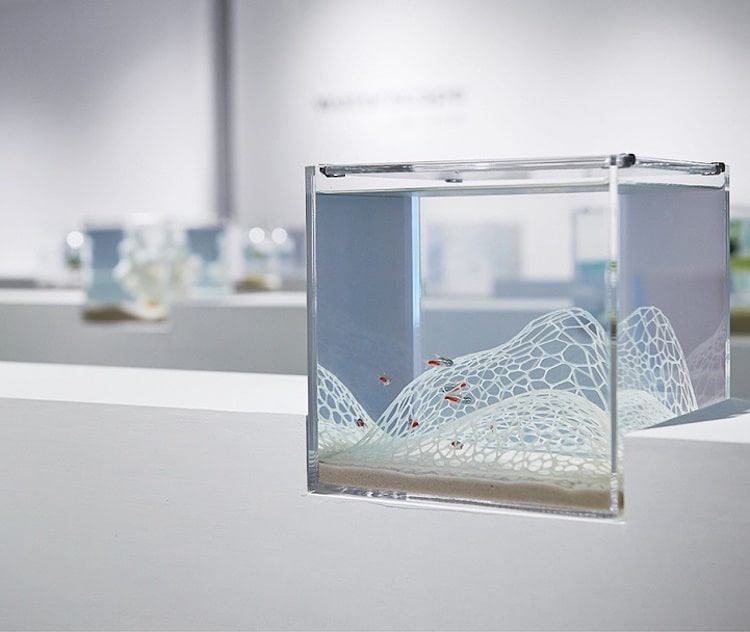
3D-printed aquariums marrying art and nature
Designer: Haruka Misawa
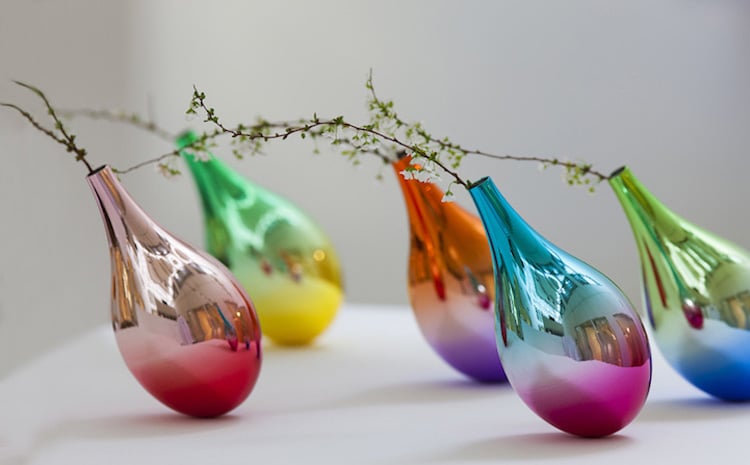
Vases that gently sway as flower petals fall
Designer: Keisuke Fujiwara
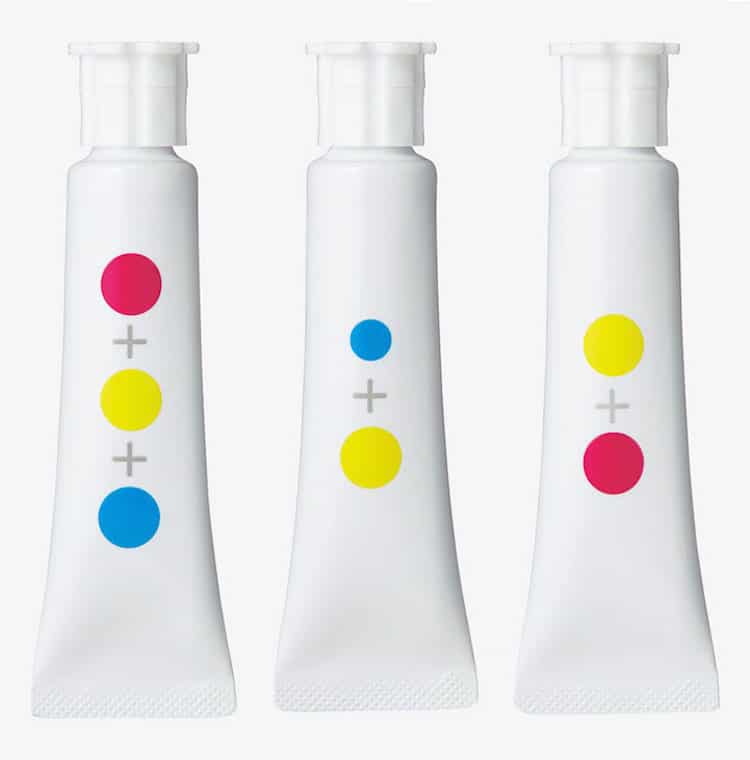
Nameless paints revolutionizing how children learn color
Designer: Ima Moteki

Tiny bikes act as the stands for regular-sized bikes
Designer: Yuma Kano

Gracefully curved chair inspired by Japanese calligraphy
Designer: Infinity Design
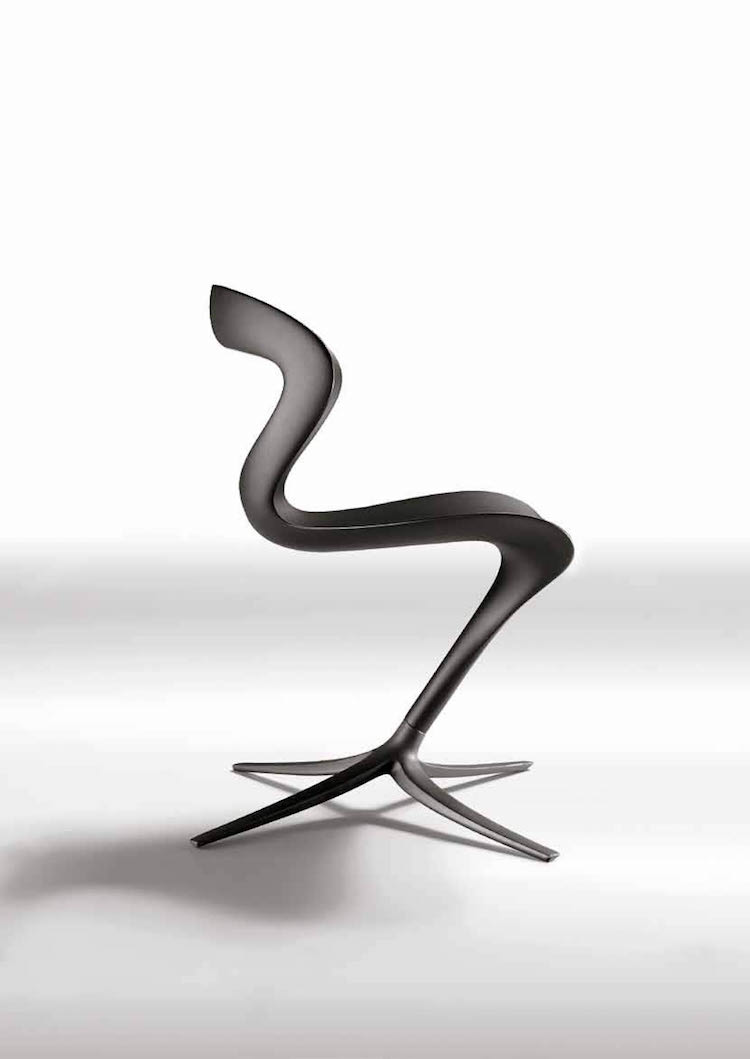
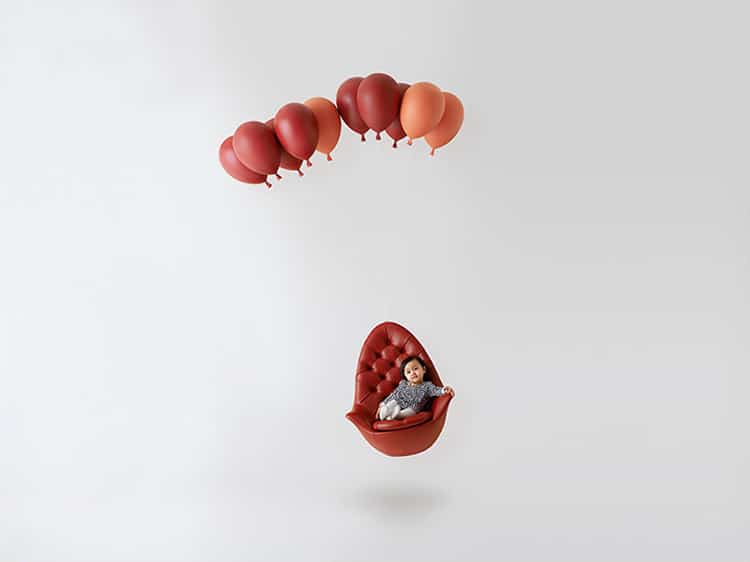
“Floating” balloon chair
Designer: h220430
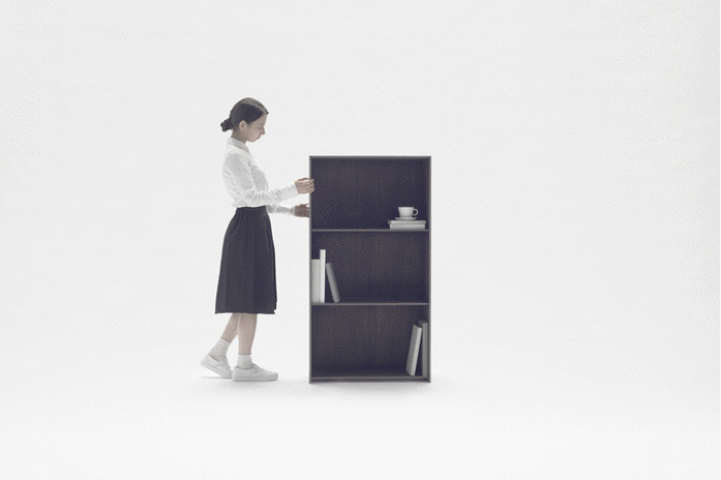
Bookshelf expands into any size you need
Designer: Nendo
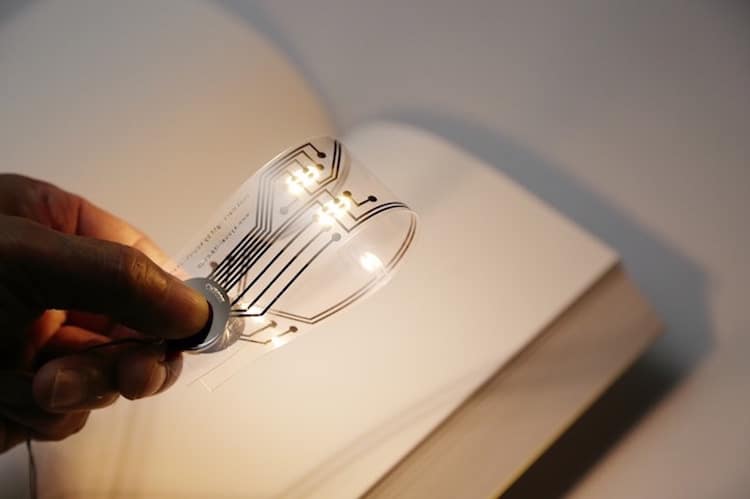
Bookmark doubles as a bright booklight
Designer: Kyouei Design
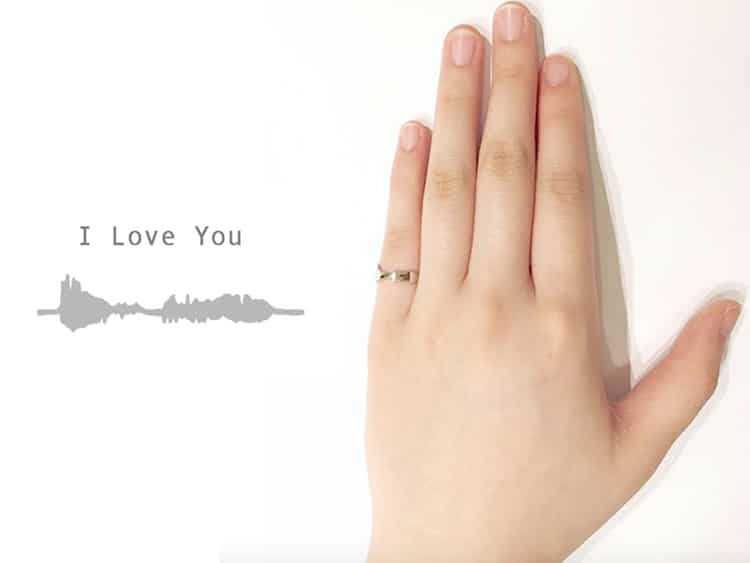
Rings designed by the sound waves of a loved one’s voice
Designer: Encode Ring
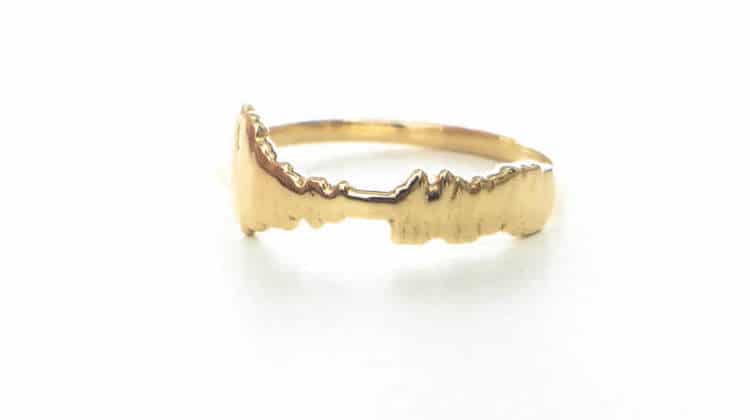
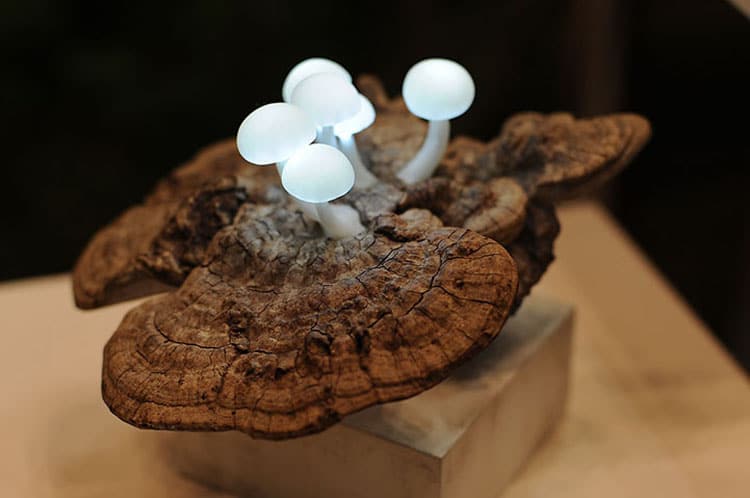
LED mushroom lights
Designer: Yukio Takano
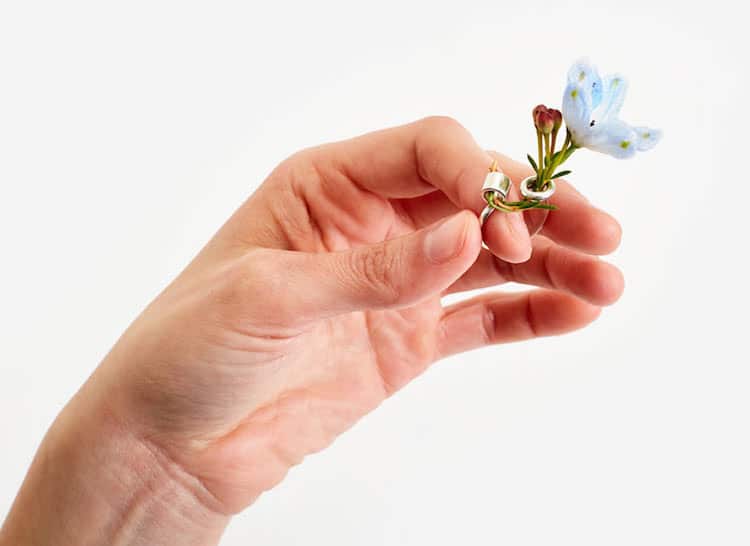
Interchangeable flower ring
Designer: Gahee Kang
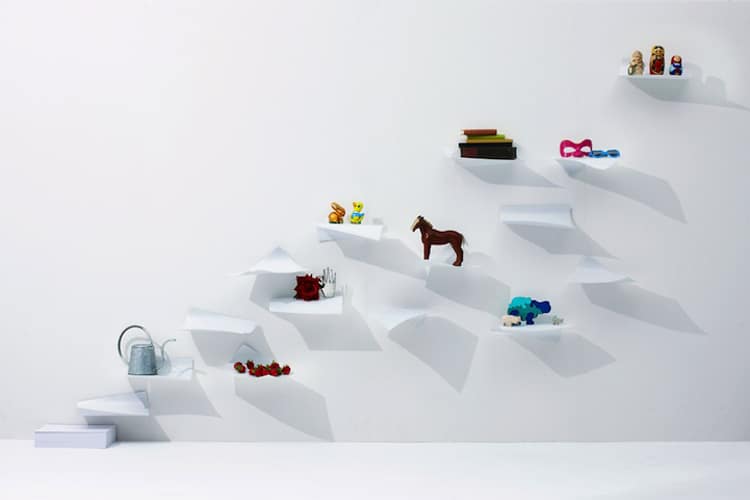
Shelves creating the illusion of floating paper
Designer: YOY
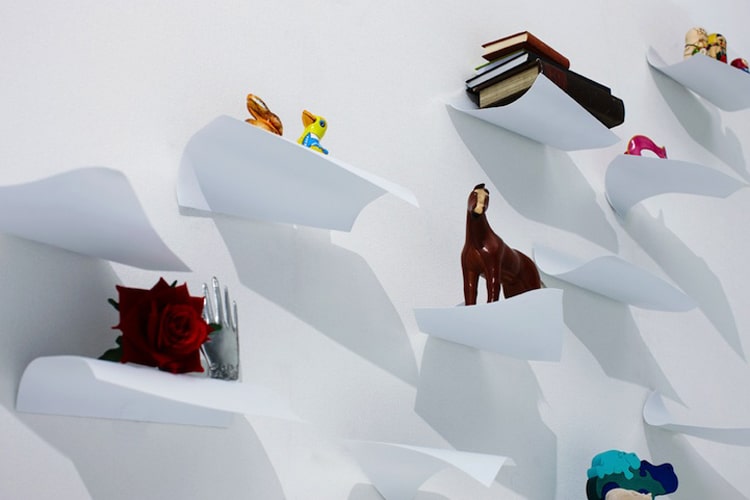
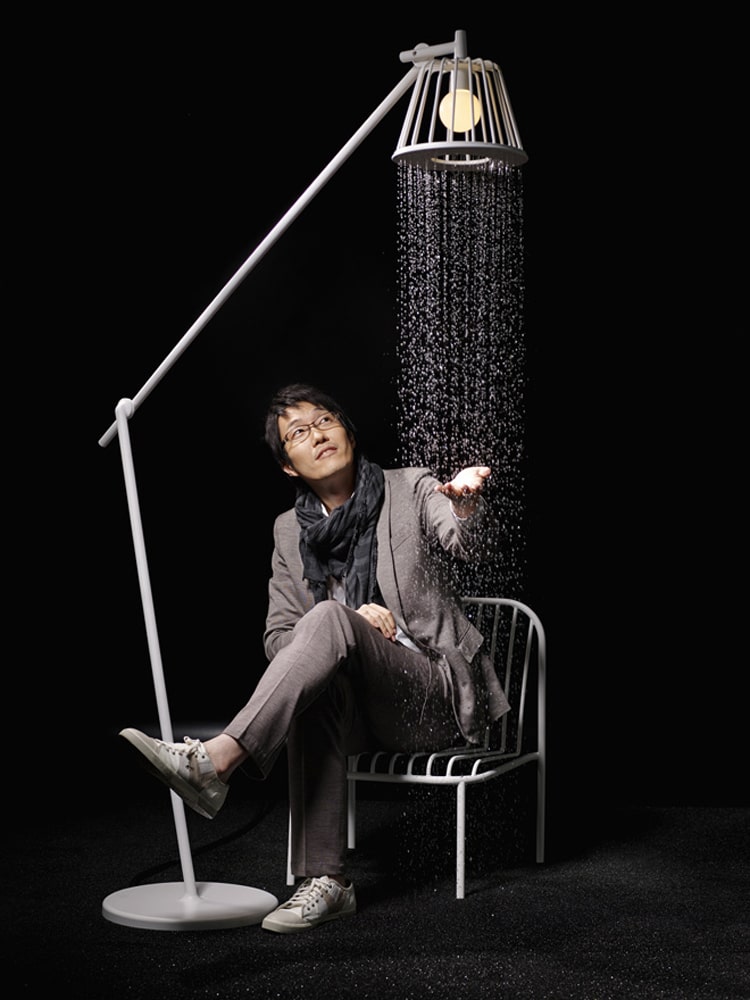
Surreal shower lights
Designer: Nendo

“Disappearing” chair
Designer: Nendo
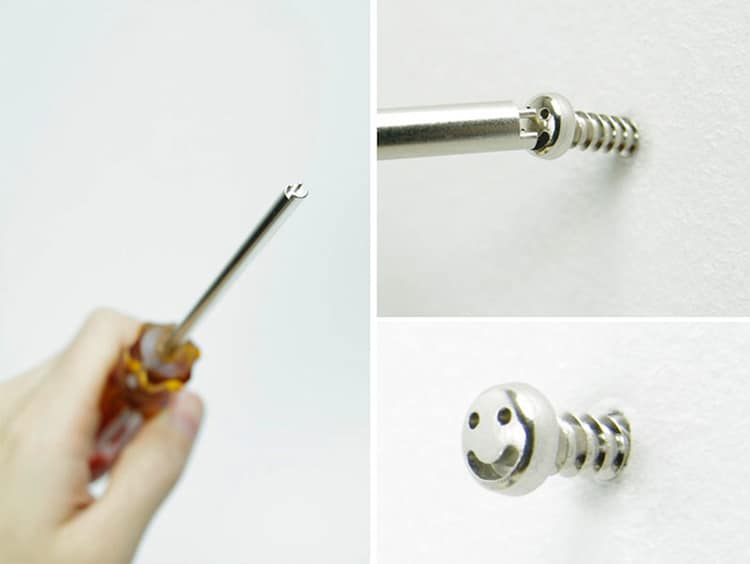
Smiley face screws
Designer: Yuma Kano
Be it aquariums, paint, or seating, Japanese design exemplifies an exquisite connection to nature.
Related Articles:
Library of Congress Makes Over 2,500 Japanese Woodblock Prints Digitally Accessible
Japanese Woodblock Prints Reimagined as Quirky Contemporary Tattoos
Kintsugi: The Centuries-Old Art of Repairing Broken Pottery with Gold
Art History: Ancient Techniques and Evolution of Traditional Japanese Tattoos
